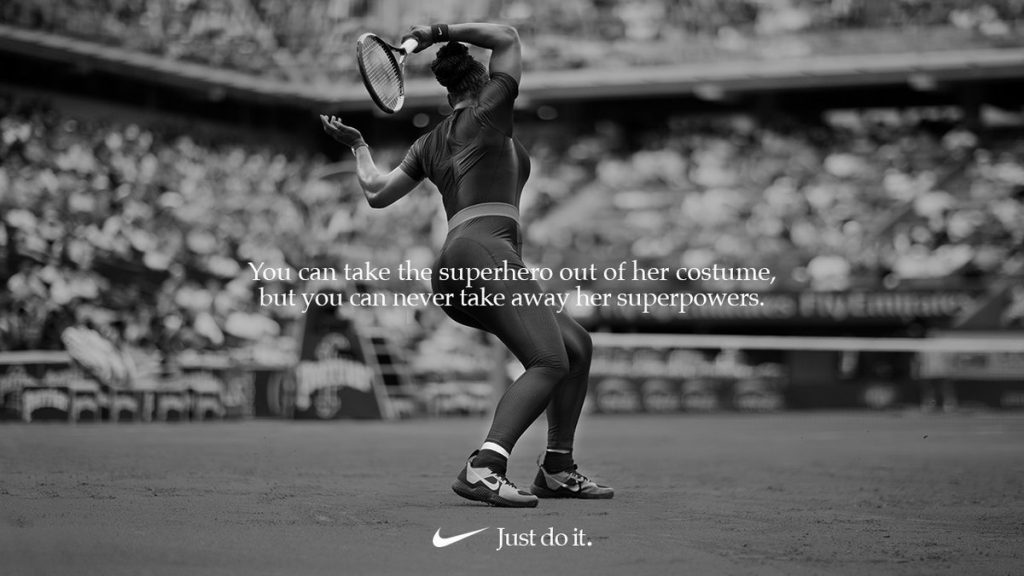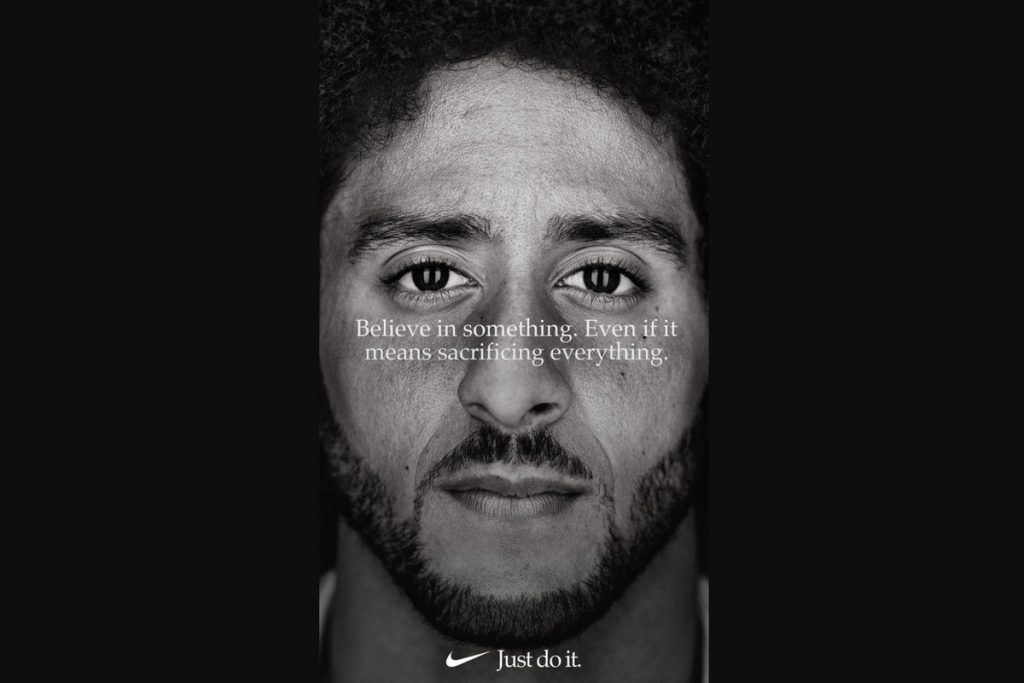Why “Crazy” Works
There’s much to say about the word “crazy”. With an original meaning of ‘out of one’s mind’, we’ve used it and its definition in various ways through the years. In the new generation of technology and the Internet, “crazy” is the new “cool”. All of the greatest game changers through time have been called crazy at some point or another – especially those leaders and innovators who dared to break from the crowd and do things their way. In light of Nike’s recent “Dream Crazier” campaign, we’re breaking into why “crazy” works in the marketing and advertising industry.
Crazy rich boldness
To put it simply, being crazy now means being bold. Within an advertising and marketing sphere, bold is everything. Brands like Nike and Apple have never been afraid of “crazy”. They took a punt and it paid off, mostly due to their boldness, belief, and leading position in their industry.
Before Nike, there was Apple, who launched their 1997 TV ad titled “Here’s to the Crazy Ones” that highlighted the movers and shakers of the century up until that moment. Featuring images of pioneers and innovators like Albert Einstein, Martin Luther King Jr., Maria Callas, and Muhammad Ali, Apple’s campaign “Think Different — Here’s to the Crazy Ones” pretty much saved their company from certain death.

As of 1997, Apple was knee-deep in trouble. In 2019, it’s now the most valuable brand in the world. Apple’s claim to fame relies on three key things — consistency, simplicity, and a powerful message.

Crazy, right?
Nike’s “Dream Crazy” and “Dream Crazier” steps in to deliver all three in spades. Their brand has always been about honouring great athletes rather than focusing on selling their product.
The powerful message behind both ad campaigns focused on the current racial and political tensions in the United States, featuring the stories of Colin Kaepernick and Serena Williams. At the time of the campaign launches, both athletes were the centre of controversial issues within the sports industry — primarily due to their boldness. Exactly the reason why Nike chose them.
Despite initial backlash against the campaigns and a call to boycott the brand entirely, Nike’s sales jumped 31% over Labor Day weekend following “Dream Crazy” campaign launch.

Research shows 63% of consumers purchase from brands that support a purpose aligning with their own values. This belief is most staunchly held by consumers of the millennial and Gen Z demographic. With the growing population of Gen Z consumers, brands should start making a stand for what they believe in. Or perhaps just be a little crazy.
Staying sharp, relevant and true to your values
Nike took a risk when they decided to use Kaepernick and Williams. At the time, they were caught in the eye of a storm of controversy around police brutality and gender inequality respectively. They stood against the likelihood of offending a vast number of their existing consumers — and faced a great amount of criticism for it.
On the flipside, though, Nike’s market value rose over $6 billion after running the campaign. Their shares rose 36% in 2018, with 5% of that coming off from the ad’s launch alone. Despite an initial loss of revenue prior to that, Nike’s net worth and sales are only continuing to hit record highs.
Nike has always had a history of supporting great athletes. They also have a history of using their advertising campaigns to make social statements. From ageism and ableism to featuring openly gay, HIV-positive runner Ric Munoz in a 1995 “Just Do It” ad, Nike has never shied away from making bold statements with their advertising. In this current political climate, Nike tackles racial and gender inequalities with a focus primarily on the tensions in the United States.
Kaepernick and Williams took a stand, and Nike took one with them.
It might seem crazy, but they took a risk and it worked for them. Risk-takers and game changers have always been the innovators of our time. They started off “crazy” for wanting to change the way we live our lives. From the very first iPhone to the iPhone X Max, crazy is what gets you noticed. Crazy is what keeps you relevant.